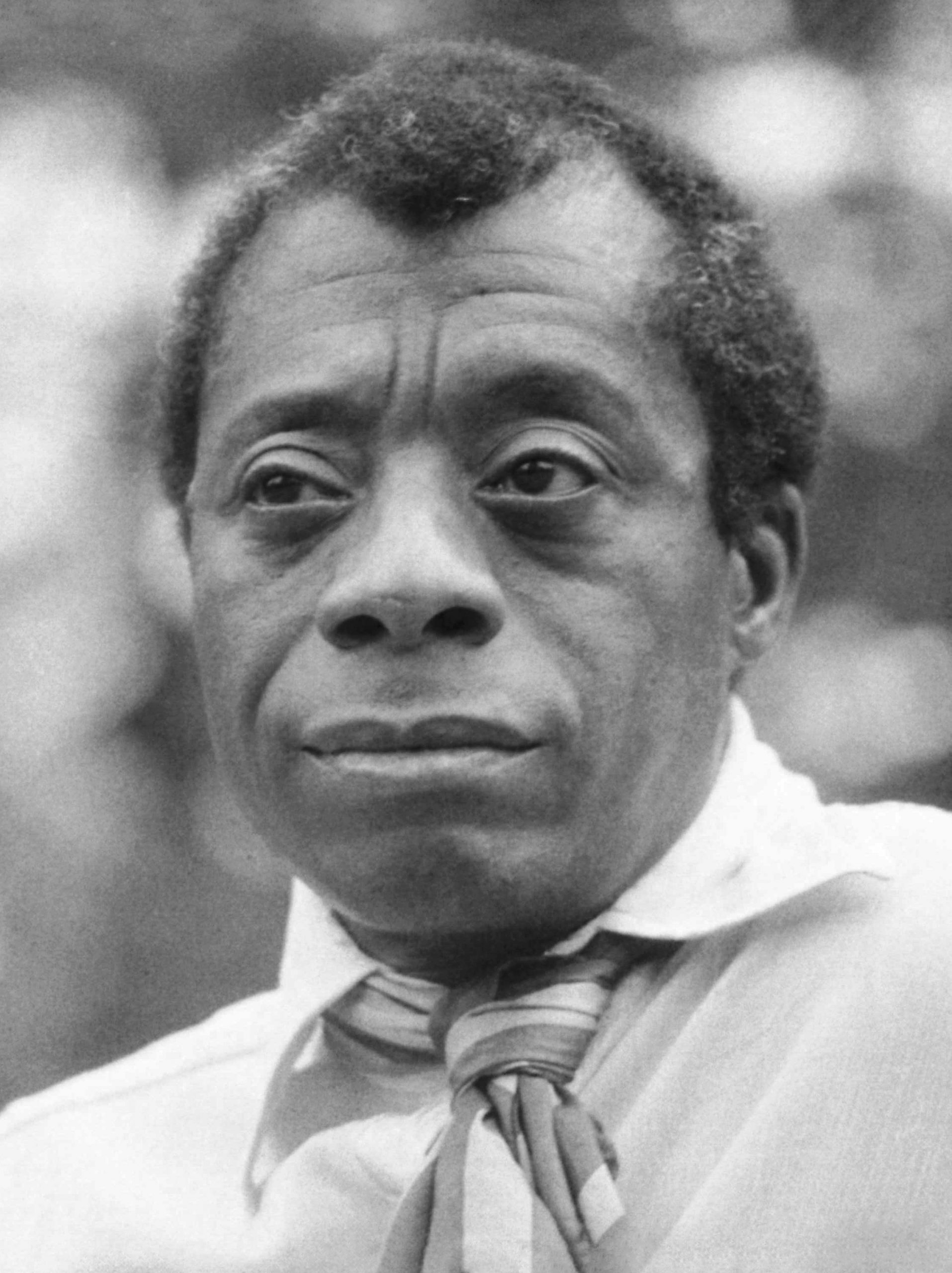1.8 SONNY’S BLUES
James Baldwin (1924-1987) was born in Harlem to Birdis Jones, a domestic servant who fled the South during the Great Migration and arrived in Harlem when she was nineteen. Three years later married David Baldwin, a brutal, paranoid laborer and storefront preacher by whom she had eight children. David resented his son’s illegitimacy and subjected him to constant ridicule and abuse. Baldwin withdrew into a close relationship with his mother and into reading and schoolwork. James became a successful child preacher in Harlem, drawing large crowds until he lost his faith at about age sixteen. He wrote seriously in high school, where he edited the school magazine and worked in a defense plant in New Jersey. He moved to Greenwich Village and lived for five years, writing at night and doing odd jobs during the day. He sold a few magazine articles during this time. In 1944 and 1945 he received two fellowships which allowed him to write while living in Paris, Switzerland, and Southern France. Upon his return to the United States he began his intense involvement with the civil rights movement. He became its major literary interpreter as he explored its meaning in a series of essays, novels, and short stories. He also spoke often and eloquently for civil rights in person and on television.


Sonny’s Blues was written in 1957 and published in 1965. Generally it is the exploration of black culture and black identity. It is the story of the narrator’s rediscovery of his own family and his racial ties. The arrest of Sonny triggers a process of change for the narrator in which memories of the past become mingled with present encounters with Sonny and his world. There are four characters in the story. The narrator is Sonny’s older brother. Sonny has just been arrested and put in jail for using heroin. Their mother died while the narrator was away in the military service, but not before she charged her son to look after his younger brother. Sonny also has a friend, a drug addict, street wise homeless man. There is also a Creole band leader who helps Sonny arrive at his final triumph.
Exercises
To study and understand this short story, read it online using this link: Sonny’s Blues, PDF. Then go through the following questions. Some examples of answers are included below, but you can and should find your own answers too.
- What do the physical sensations experienced by the narrator at the beginning of the story reveal about his personality?
- What is the historical context of this story? When did it occur?
- What type of life did the narrator lead until Sonny returns from prison?
- What is the significance of all the references to “darkness” in the story? Here are a few, find other examples:
- “all the light in his face had gone out”
- “trapped in darkness”
- “all they really knew were two darknesses-the darkness of their lives which was closing in on them, and the darkness of the movies which blinded them to that other darkness.”
- “like an animal waiting to be coaxed into the light”
- What are two reasons why Baldwin has the mother tell the narrator about his uncle’s death?
- What is the author’s attitude toward suffering?
- “no way not to suffer”
- “Nobody just takes it. Everybody tries not to. You’re just hung up on the way some people try-its not your way.”
- “You try all kinds of ways to keep from drowning in suffering, to keep on top of it.”
- “Suffering can be endured through music and expressing those thoughts in words and notes.”
- What characteristics of Blues music can be found in the story? Here are a few, find other examples
- Creole answered and the drums talked back, the horn insisted
- The music seemed to soothe a poison out of him.
- What does being safe mean to the narrator?
- Look for references about peace and calm and whether or not safety will remain or be taken away.
- Describe the different ways in which Sonny and the narrator deal with life’s problems
- The Narrator suppresses his feelings and they become psychosomatic illness. He is afraid to speak or show his emotions. He hides that fact that he had early sexual encounters and the fact that he smoked early. When he feels pain he does not acknowledge it.
- Sonny is more direct. He says what he feels and tries to express himself through his music. What are some examples?
- Do the major characters change during the course of the story? How?
- What are the themes of the story?
- What is it like for the people who live in the city?
- How is family important?
- What is life like for African Americans living in New York City at this time?
- What is Baldwin’s view of Anglo society at this time in the big city?

